Our country has progressed since the first Earth Day 51 years ago, cleaning our air and water, for example. And globally, we have set our future with battery and fuel cell technologies, solar energy, and “green” hydrogen produced without fossil fuels. In this way, we can avoid devastating climate change and achieve a net-zero-emissions economy. On Earth Day 2021 and beyond, both organizations and individuals must commit to doing more.
The EPA, for instance, is finalizing revisions to the Cross-State Air Pollution Rule (CSAPR) Update to help areas affected by pollution emitted by power plants to meet the 2008 national ambient air quality standards (NAAQS) for ground-level ozone (or smog).
And, the International Renewable Energy Agency (IRENA) has affirmed that renewable power, green hydrogen, and modern bioenergy must dominate our future. Carbon capture and removal technologies will also further CO
2 reductions.
“The window of opportunity to achieve the 1.5°C Paris Agreement goal is closing fast,” says Francesco La Camera, its director-general. “We need a drastic acceleration of energy transitions to make a meaningful turnaround.”
The group’s “1.5°C pathway” envisions a trebling of global power dominated by renewables in 2050. It also sees a decline in fossil fuel use by more than 75% during the same span, with oil and coal consumption shrinking fastest. And, IRENA expects a continuing movement of capital away from fossil fuels and into renewables.
All of us must help, such as reducing our water usage; turning off the lights when not in use; and retiring energy-gulping, fossil-fuel technology. In this spirit, we spoke to 10 people from different industries and life experiences about the meaning of Earth Day 2021, held April 22, and what we must do to make the day even more significant.
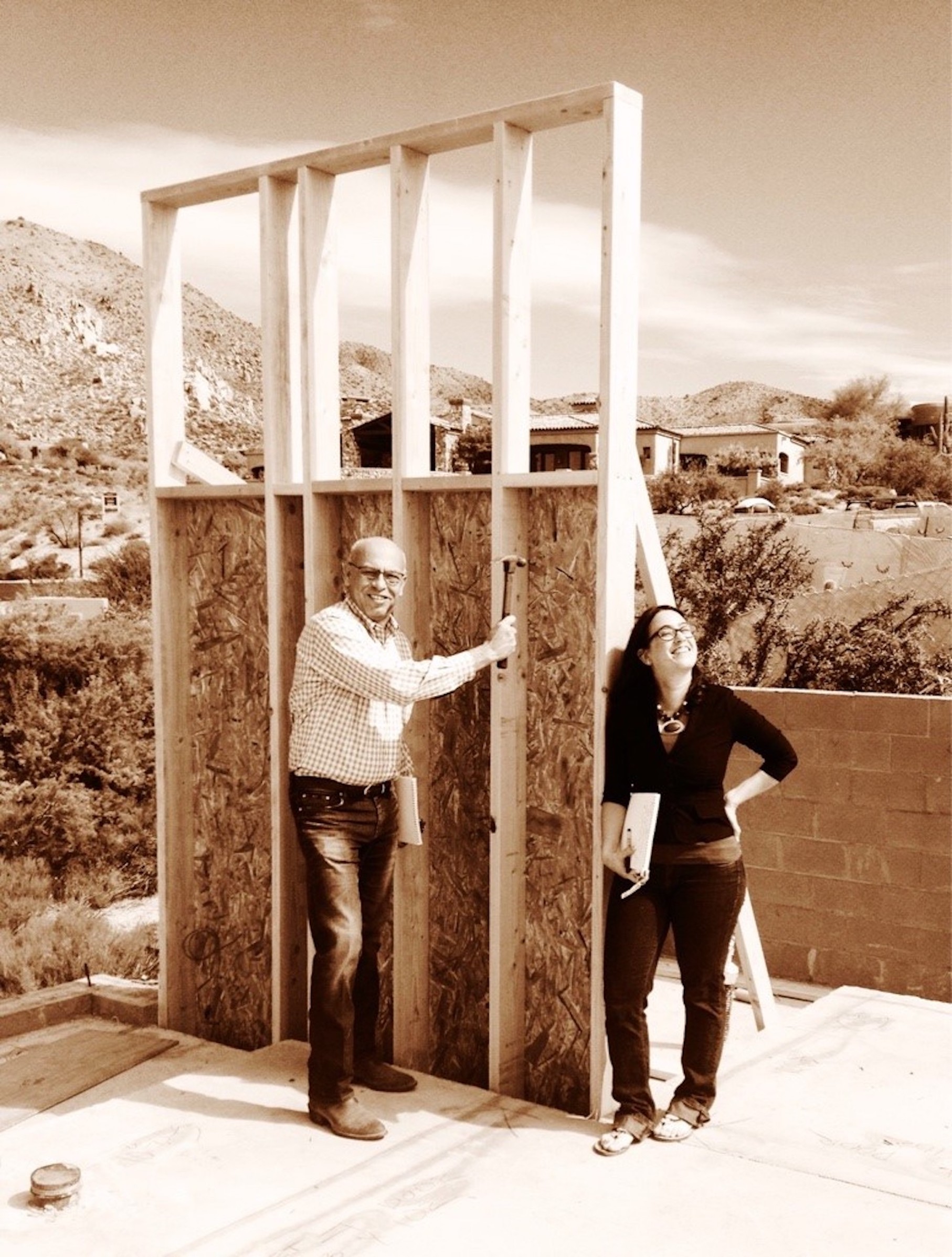
Mark Candelaria, AIA, is guiding his Scottsdale-based Candelaria Design Associates through its third decade creating award-winning luxury with business partners Vivian Ayala, Meredith Thomson, and Evelyn Jung.
“We have a big role in this, in that we can inspire our clients to make use of current technology and sustainability. This awareness includes the use of energy-efficient products and building materials and knowing how these all come together in the creation and construction of a home.
“The entire LEED program is dedicated to this principle. Sponsored by the World Green Building Council, Leadership in Energy, and Environmental Design is based on the idea of a holistic concept that starts with the understanding that the built environment can have profound effects, both positive and negative, on the building’s surrounding natural environment, as well as an impact on the people who inhabit buildings every day. Green building is an effort to amplify the positive and mitigate the negative of these effects throughout the entire life-cycle of a building.”
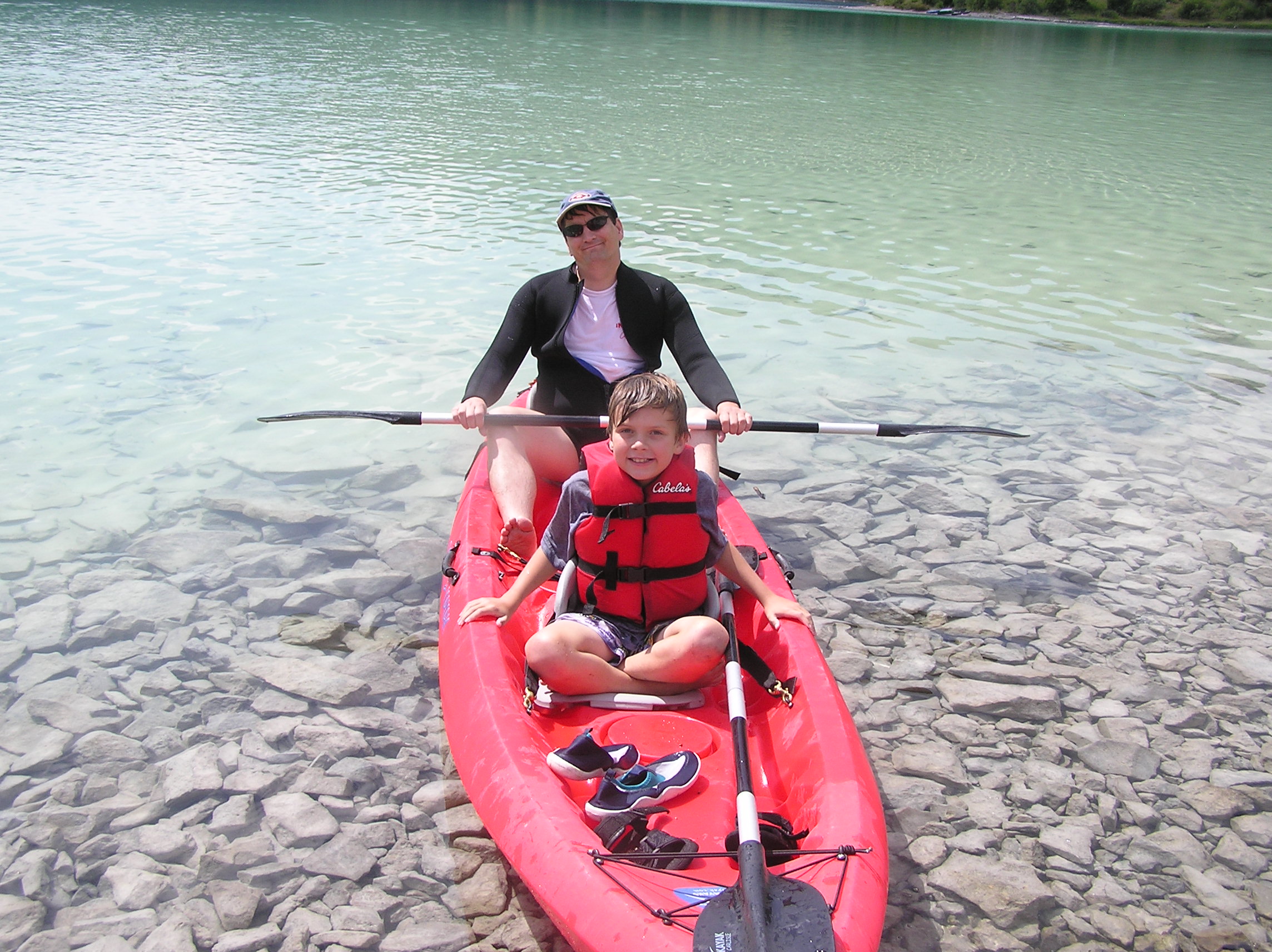
Gregg Greene manages the retail store of Phoenix-based IRCA, International Reupholstery Corporation of America, which refurbishes resorts nationwide and in the Caribbean, focusing on 4 and 5 Star resorts.
His father, Wayne, started the company from the back of his pick-up in 1971, picking up a chair at someone’s home, reupholstering it, and redelivering it.
The family business now provides all areas of refurbishing, liquidating, reupholstering, refinishing, flooring and window treatments, and installs furniture, fixtures and equipment for residential and commercial properties.
“Before we opened our retail store, most of the furniture removed from resorts ended up in landfills. Now we reduce that wasted amount and give the items a second life. Helping the environment is great by helping reduce this waste, and it adds comfort and quality to your home.
“The ideals of Earth Day are best represented by how we reduce the waste that both companies and households throw out. Reuse or repurpose these items. Extending the life of items helps lower the waste going into landfills. We also must continue our commitment to teaching others that it is better to look for ways to reuse, repurpose, recycle, and not throw out, items.”
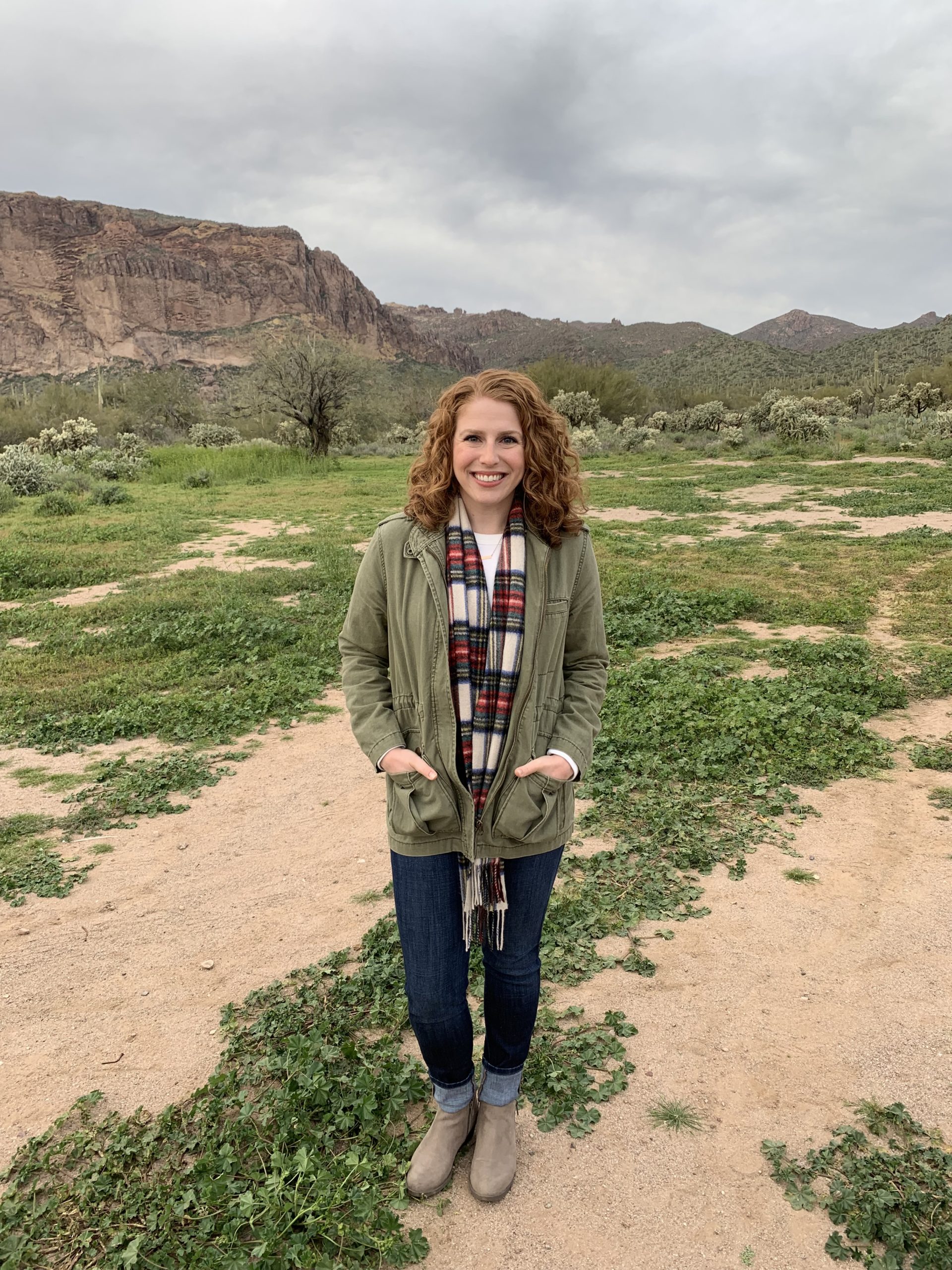
Stephanie Pressler is director of Community Affairs for Experience Scottsdale, which promotes the city as a tourism destination throughout the world.
“Whether protecting thousands of acres of the Sonoran Desert or building gold-level LEED-certified municipal buildings, Scottsdale has long been mindful of protecting and preserving our natural environment. That deep-rooted commitment to sustainability is also part of Scottsdale’s tourism industry.
“Scottsdale’s hospitality businesses invest in environmentally friendly initiatives, uncovering new ways to reduce, reuse, and recycle. For Scottsdale’s tourism industry, ‘going green’ is an economically and socially responsible way to help our destination and community thrive. Our hotels find new life for their linens and toiletries; our golf courses are among the most progressive in terms of water conservation; our restaurants rely on local producers for their ingredients; and more. Even our largest event, the Waste Management Phoenix Open, is committed to operating a zero-waste and carbon-neutral event.
“And, Experience Scottsdale’s promotions help educate visitors about the beauty and opportunity of our Sonoran Desert environment, including reminding them to always leave the desert as they found it.”
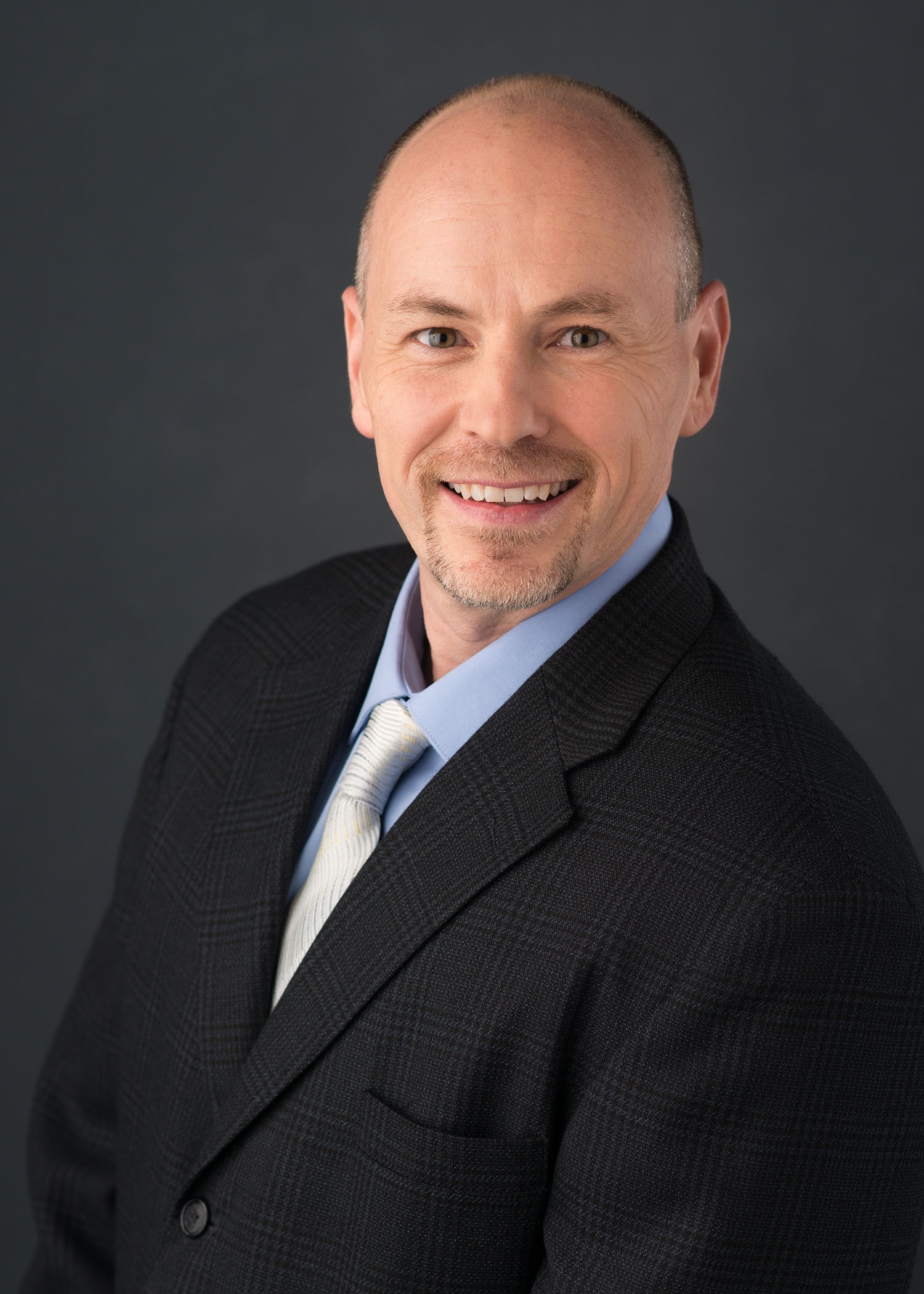
Marc Campbell is manager of Sustainability Policy and Programs at Salt River Project, the state’s largest provider of water and the largest supplier of electricity in the Phoenix metropolitan area. The utility is invested in many environmental/sustainability efforts, including healthy forests, through strategic thinning; avian protection on power lines; and electric vehicles.
“SRP’s goal is to enable 500,000 EVs [electric vehicles] in our service territory by 2035, but today we have only 16,000 in use here, so there’s much to be done.
“For their vehicles, our residential customers can save through programs such as the SRP Plug In and Save EV Rebate™. That means $1,000 back when customers buy or lease a new EV from a local dealership through the end of December 2021, or until the program funds have been depleted. In addition, customers can take a $250 instant rebate on Level 2 chargers purchased from SRP Marketplace. And, EV drivers also can save money by charging their cars during off-peak hours.
“Business customers can enjoy rebates up to $50,000 for the electrification of work equipment such as electric forklifts and truck-charging bays. In addition, SRP’s Business EV Charger Rebate offers savings when installing Level 2 networked charging station ports for use by tenants, customers, employees, or fleet vehicles.
“Also, SRP’s ENERGY STAR® Homes program partners with homebuilders throughout the Valley to ensure new homes are EV-ready and equipped with 220-volt outlets needed for Level 2 EV chargers, which are twice as fast as Level 1 units. Builders are offered a $300 incentive for each home wired for electric vehicle charging along with marketing support to advertise these communities to potential buyers.”
For more information on these and other programs, visit www.srpnet.com, and, for the most recent version of SRP’s Sustainability Report, visit www.srpnet.com/sustainability.
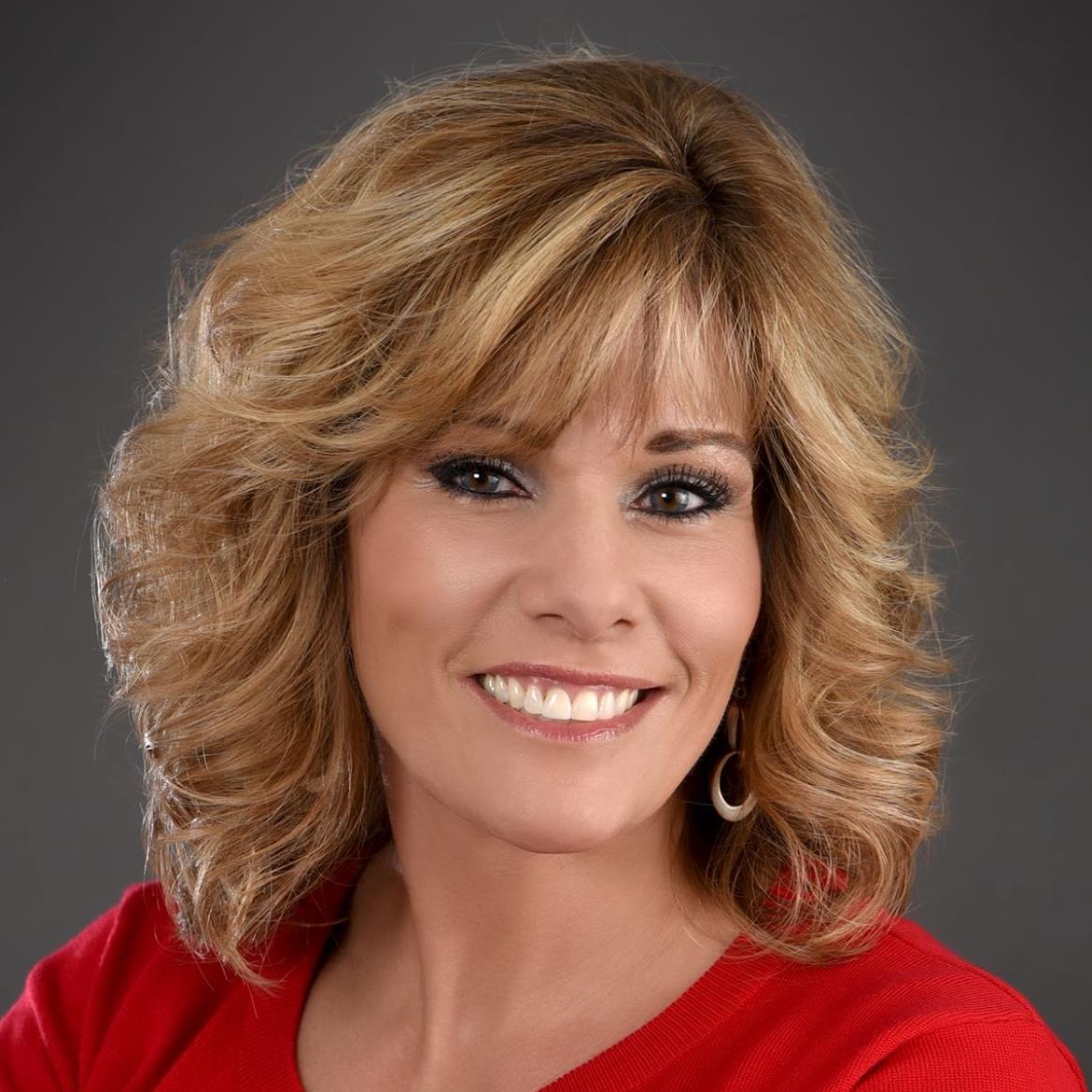
Karin L. Harris owns eGreen IT Solutions LLC in Phoenix, an eSteward Certified electronic disposal company that provides technology disposition services and/or e-waste recycling for businesses and residents. The company specialties are secure technology recycling and risk management.
“Education about what happens to the items that consumers recycle would be beneficial. Many people wonder if they are really making a difference. If they do not feel the importance of what they are doing, then most likely they will not participate. The recycling industry should educate the consumer of the products that are not environmentally safe and why. Advertising education materials, whether digital or hard copy, can go a long way in providing information.”
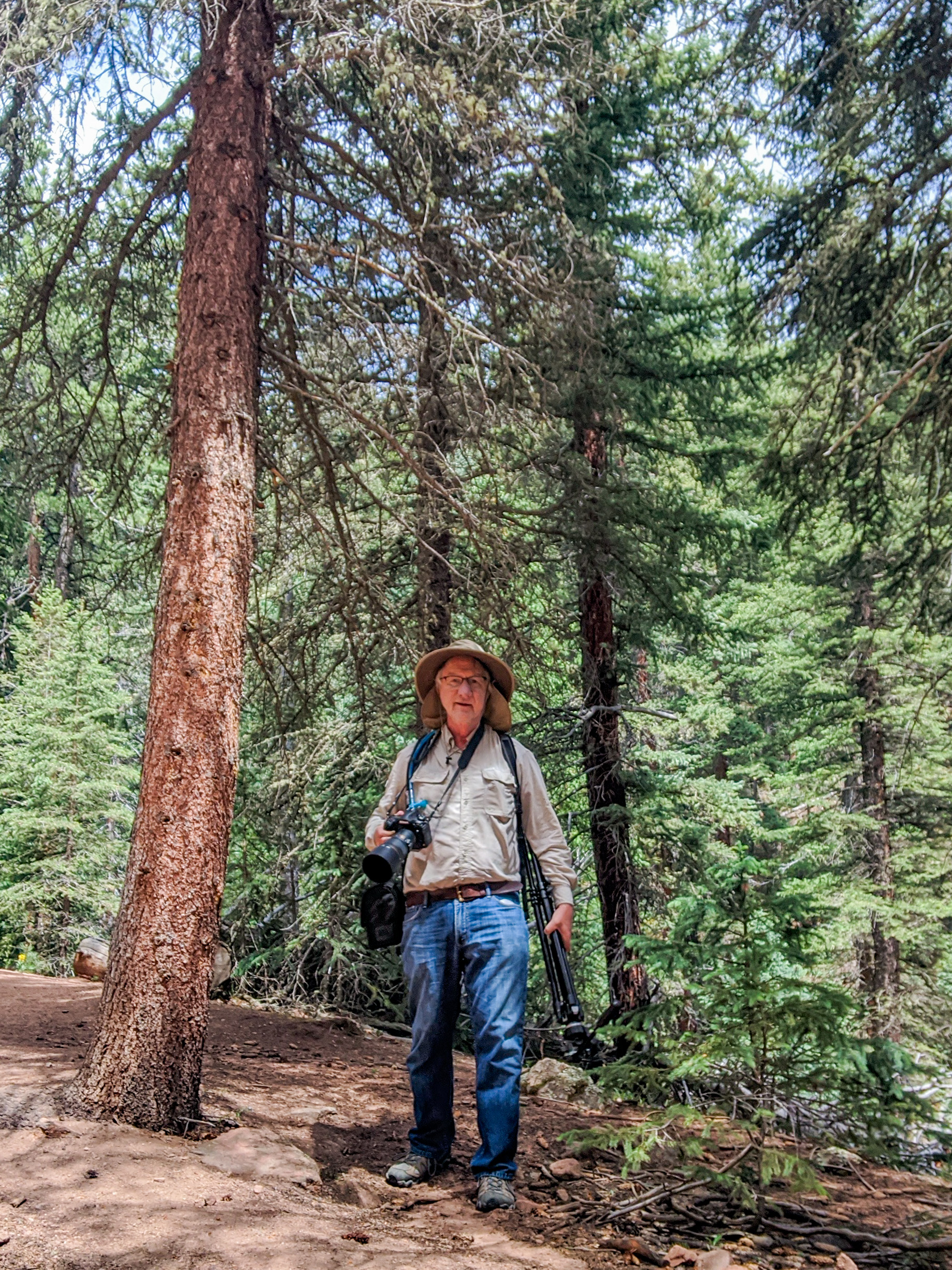
Rick Carter is a former Honeywell employee who is living in Denver with his wife, Marta. When he’s snowbirding in Phoenix, he takes photos at Green Living get-togethers.
“For the first Earth Day, as a freshman in Ann Arbor at the University of Michigan, we celebrated in the Diag dancing and carrying signs and flowers. [The Diag is an open space at the university originally known as the Diagonal Green because of the many sidewalks running diagonally near or through it.] We assumed the Vietnam War would be over soon and the environmental problems would surely be fixed in the next few decades.
“We were wrong.
“Today, as older individuals, we still try. The COVID-19 global pandemic has kept us inside and focused on our day-to-day activities. We reminded ourselves to turn off the water when brushing our teeth and fix those leaky faucets and toilets. A la John Lennon, ‘Well, you know, we’re all doing what we can,’ but the big environmental problems like climate change, fossil fuels and alternative energy are facing big political headwinds, and success is not guaranteed.
“Vote Wisely.”
Tanya Shively and her associates at Sesshu Design Associates, in their new Downtown Scottsdale office, focus on implementing her holistic WELL Designed™ interior design methodology.
“The design and construction industry together have a huge role to play in protecting our environment and resources. Education is key. Homeowners need to know that building sustainably and responsibly is only a tiny bit more expensive up front, but the dividend in energy savings, health benefits, and long-term stewardship of our resources will repay them over the lifetime of their home and often much faster than that. Buildings are responsible for a huge percentage of our overall carbon footprint, so making even small improvements in the process adds up to big changes.
“As a designer, I always present sustainable, eco-friendly, energy- and water-efficient choices in all the materials and fixtures we specify. When the health and wellness benefits are explained, people frequently are receptive and excited about using those options.
“I have moved my eco-conscious focus to the wellness aspects of green design, as that is the area I feel I can really make a positive difference in my clients’ lives. It is about air quality, nontoxic materials and finishes, and efficiency, but it’s also about comfort and well-being, serenity, and a connection to nature that we all crave. Being more connected to nature is likely to lead to a more caring attitude toward our Earth, which is the main objective of Earth Day.”
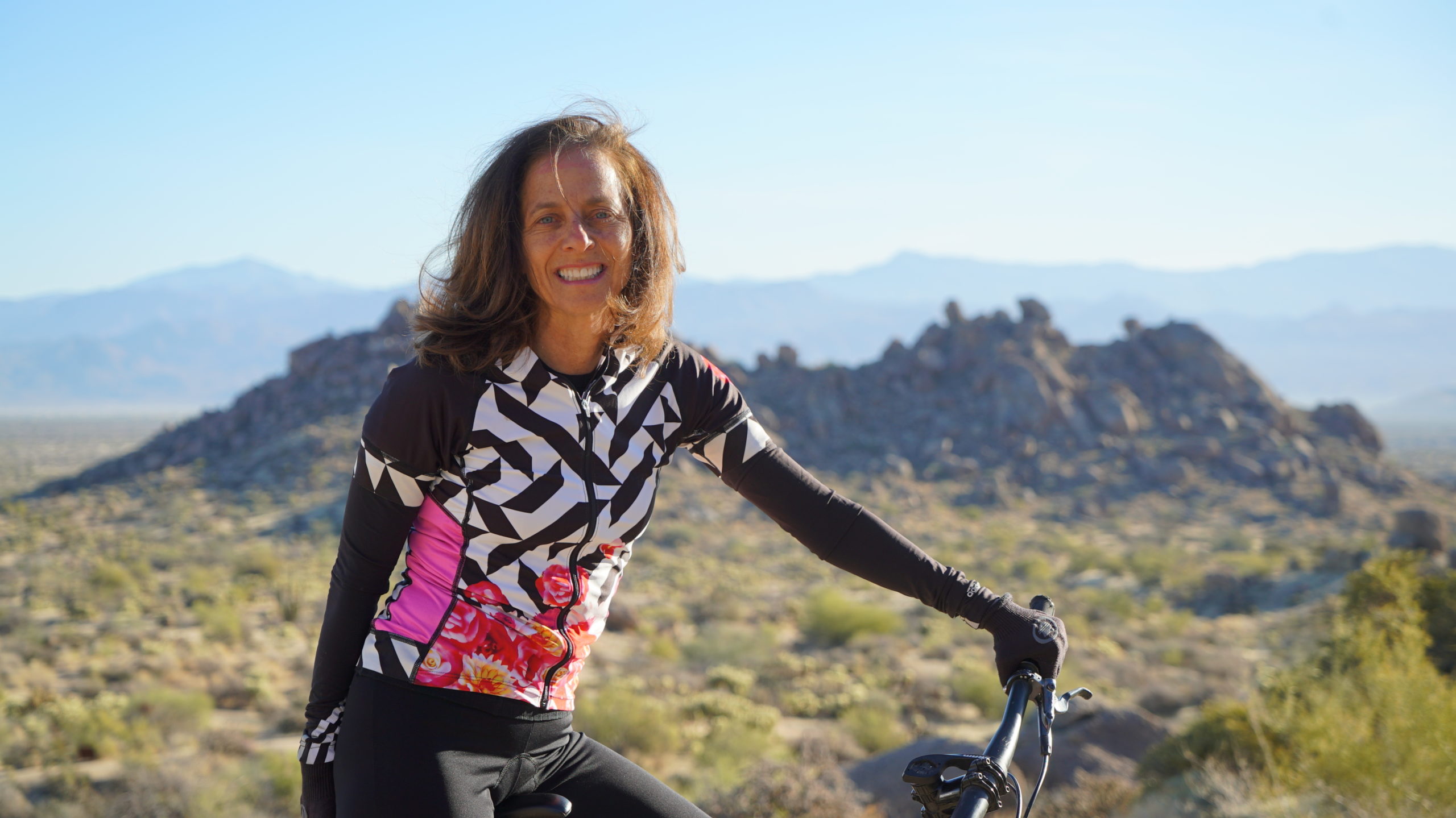
Solange Whitehead serves on the Scottsdale City Council and is a former McDowell Sonoran Preserve Commissioner. She and her husband, Mike, raised their three children in Scottsdale, and spend a lot of time outdoors.
“Cities are playing an outsized role when it comes to tackling climate change. They have adopted practices that align environmental and financial objectives and are creating jobs and healthier communities in the process. In short, cities are changing the world while still serving individuals.
“The City of Scottsdale, where I proudly serve, offers many examples, starting with sewage. Most of us are satisfied to flush the toilet and never think about it again. Yet 20 years ago, Scottsdale Water saw value in waste and today craft beer is one of the byproducts of Scottsdale’s recycled water. Now that’s value! Scottsdale Water serves as a blueprint for water conservation that is being replicated around the globe.
“And, while Scottsdale embraces technology, we also rely on old-fashioned common sense. When a recently approved road extension threatened mature trees, I met onsite with a neighbor and the project engineer who proposed a simple ‘bend in the road’ to save the trees. A few hours later, city staff approved the change. Cities like Scottsdale move fast, are connected with real people and are making the world a better place.”
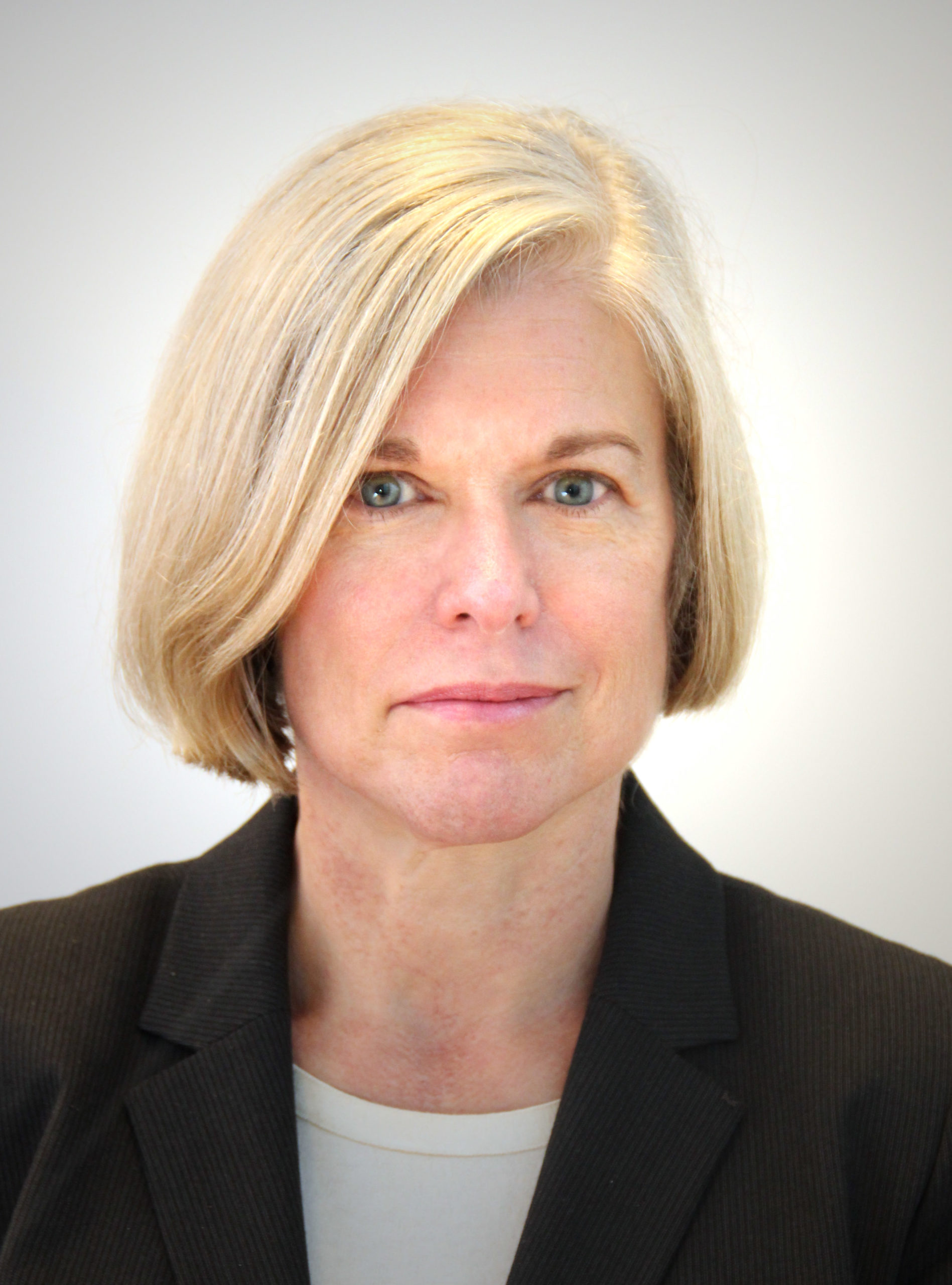
Deborah Jordan is the acting regional administrator for the EPA Region 9 in San Francisco. The region implements and enforces federal environmental laws in Arizona, California, Hawaii, Nevada, the Pacific Islands and 148 tribal nations.
“Here in EPA’s Pacific Southwest Region, we’ll be working to protect the environment and public health across multiple fronts. Our agency will conduct our work under the new Administration’s framework for environmental protection, which prioritizes climate action, environmental justice and restoring the central role of science.
“In January, President Biden signed executive actions tackling climate change, creating jobs, advancing environmental justice and strengthening scientific integrity. The president took these actions in his first few days in the White House to ‘supercharge’ the administration’s work on these fronts.
“We at EPA will play a key role in these efforts. In this diverse, vast region, our work includes ensuring compliance with U.S. laws, strengthening partnerships with state and local governments as well as communities, cleaning up water and land contamination, combating poor air quality and advancing public health in the face of challenges ranging from lead to fraudulent disinfectants to wildfire smoke.”
Visit the new EPA Climate Change website at www.epa.gov/climate-change.
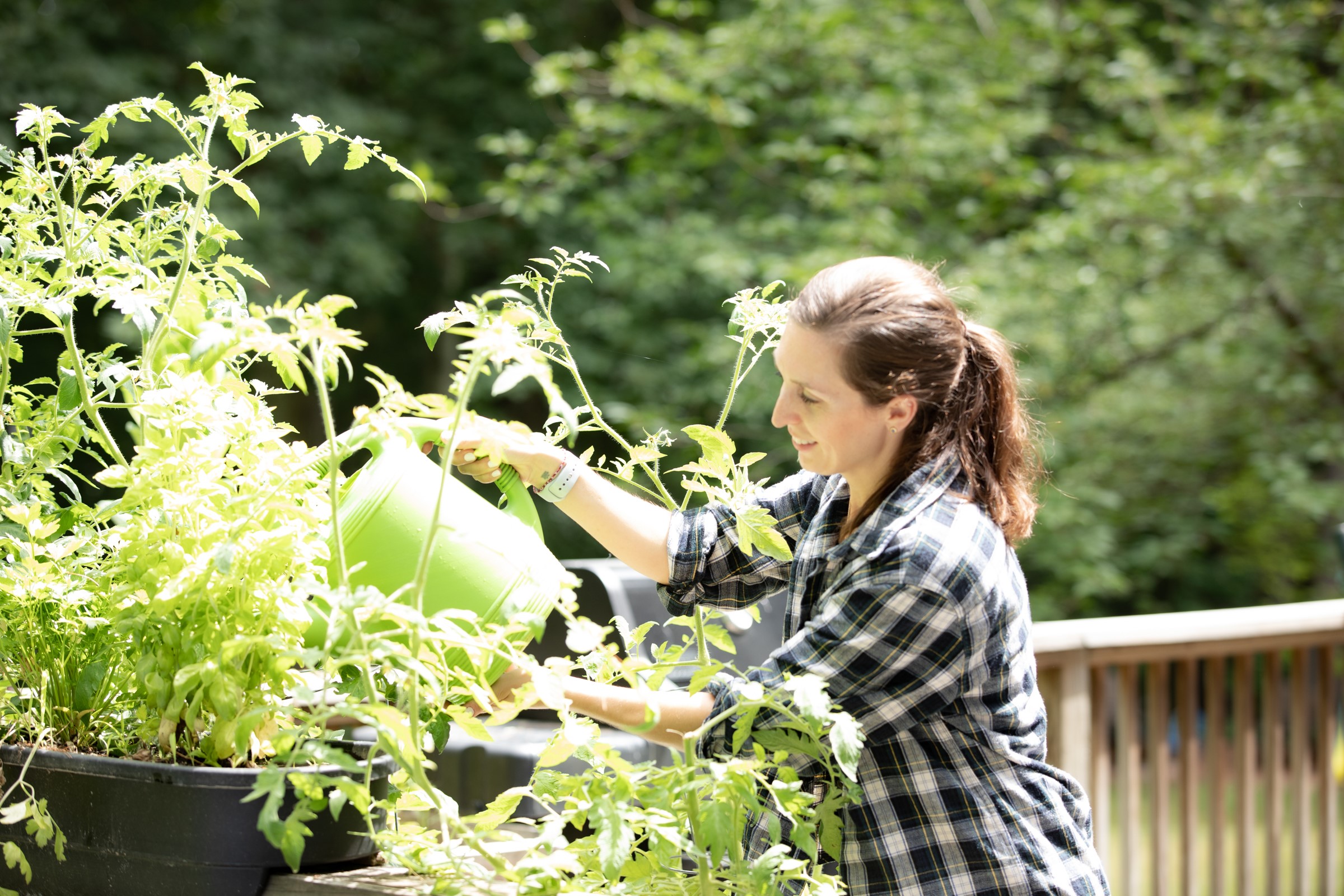
Stephanie Marie Seferian is the author of Sustainable Minimalism, which is available at www.mamaminimalist.com and www.mangopublishing.com.
“Earth Day is the only day of the year dedicated to environmental action, and community cleanups, tree-planting ceremonies, and more are standard Earth Day occurrences. But in order to further the ideals of Earth Day beyond April 22, we must be active environmentalists for the remaining 364 days each year. Be vocal, engage in civic discourse, and support candidates up and down the ticket who make environmental issues their top priority.
“Lead by example, too, by homing in on the four actions that will make the biggest positive impact on the planet: prioritize grains and produce in your diet; drive less, fly less; and commit to conscious consumerism (which often means buying less). Finally, be inclusive as you seek to bring others into the environmental movement, as it will succeed only if it includes people with distinct voices and diverse backgrounds. We all must get on board in order to make significant change.”
Keep up with all of Green Living‘s original content online and on social media.






